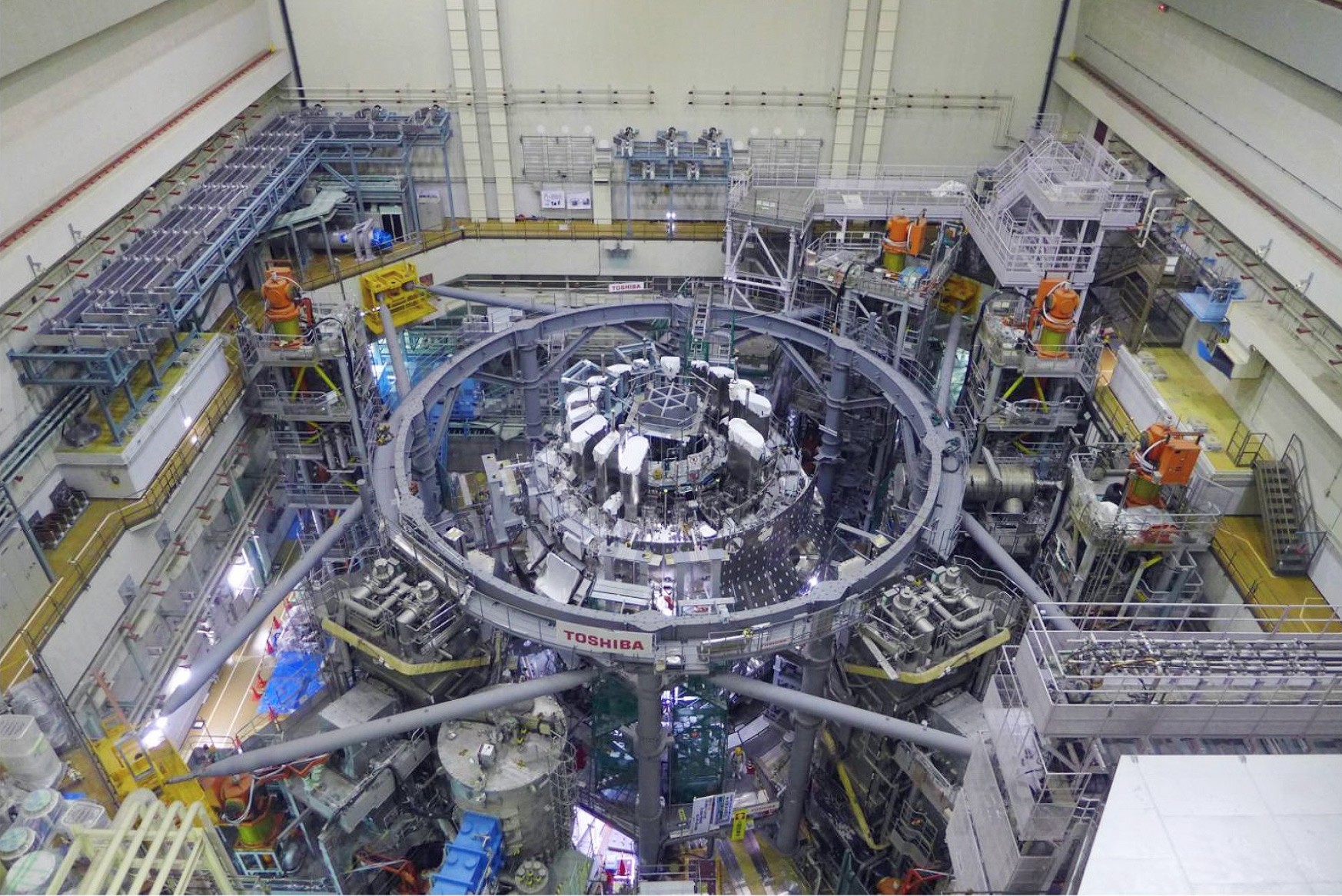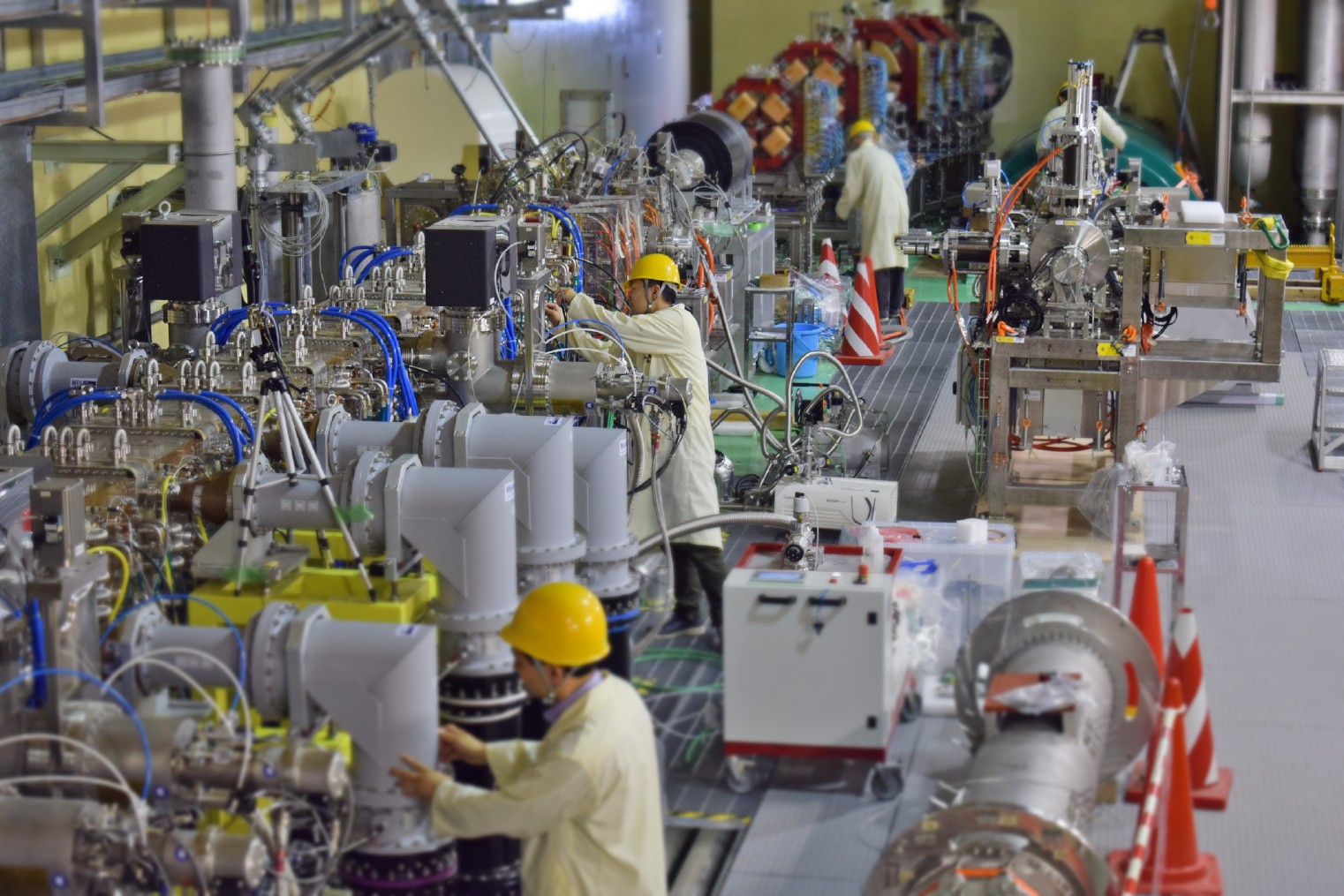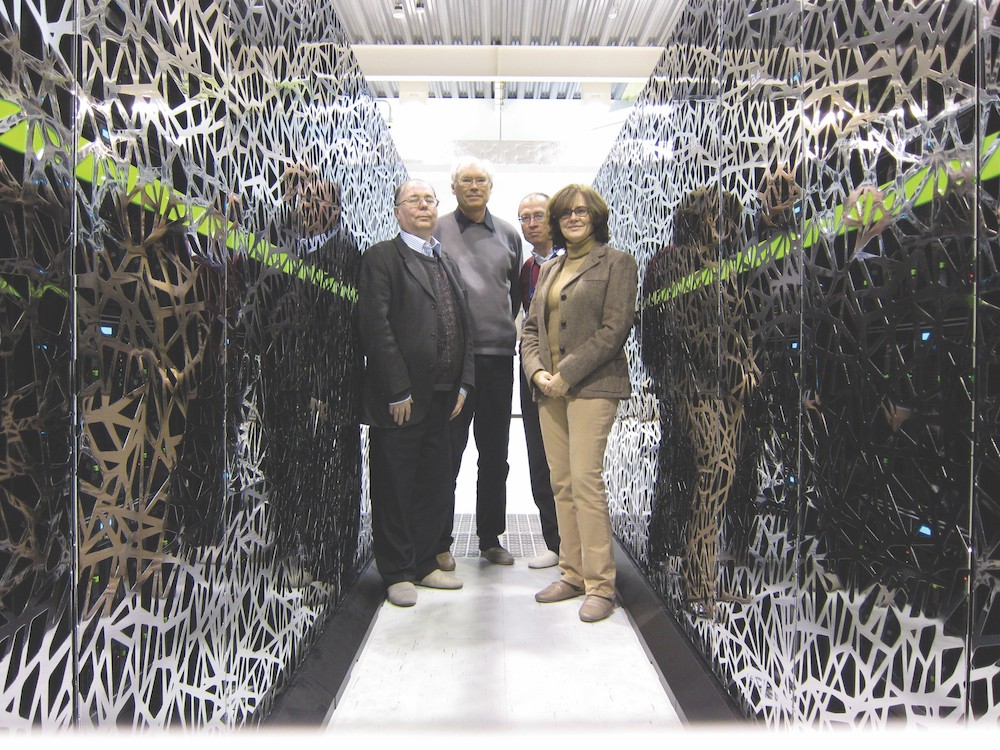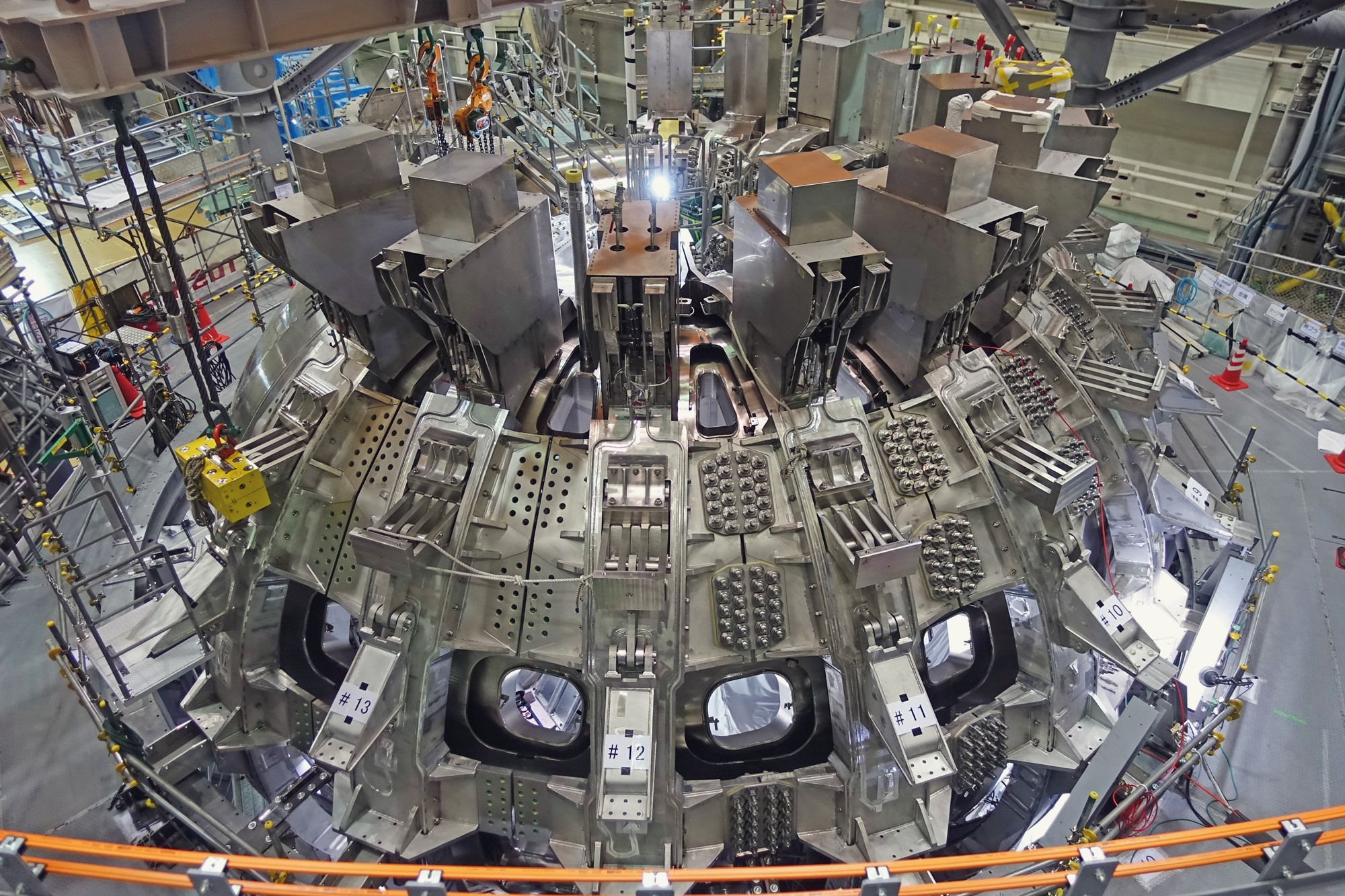

More projects
The Broader Approach agreement between the European Atomic Energy Community (Euratom) and Japan, consists of activities which aim to complement the ITER project and accelerate the realisation of fusion energy through R&D for future demonstration fusion power plants (DEMO).
The partnership started on 1 June 2007, to which both parties contributed equally financially, and ran initially for 10 years with an additional three years. A prolongation of this collaboration has been signed for five more years. F4E implements the share of Euratom and the National Institutes for Quantum and Radiological Science and Technology (QST), that of Japan.
Each organisation has a so-called “Home Team”. In the case of Europe, the team is made of staff from laboratories coming from the countries which voluntarily agreed to provide and pay for the bulk of the European contribution. To date, 88% of the European resources come from Belgium, France, Germany, Italy, Spain and, in the past, Switzerland, with the remainder provided by Euratom. In future, EUROfusion will also collaborate closely.

The JT-60SA tokamak will be the largest fusion device using magnetic confinement, until ITER becomes operational. It will sustain plasmas of up to 200 million °C for up to 100 seconds at a time, offering insight as to how to keep the plasma hot and stable as well as how to handle the power produced. SA stands for “super-advanced” because it is a major upgrade from the previous machine. Europe is contributing to the Toroidal Field (TF) magnets and all coil current leads, the cryoplant, most of the cryostat, and magnet and heating power supplies.
The assembly of JT-60SA’s 2 m diameter and 12 m high tokamak core started in Naka in January 2013. The ring-shaped vacuum vessel in which the plasma will be produced and the magnets that will contain it are strongly interlinked; the final sector was installed in 2018. The race is now on to complete the assembly, start operations and create the first plasma in 2021. Further enhancements will be made in 2021-2023.

To deliver fusion energy we will need to invest on materials fit for such purpose. IFMIF will be testing and qualifying materials for conditions similar to those of a future fusion power plant. The IFMIF/EVEDA phase of the project deals with the design and construction of IFMIF, as well as the validation of key components and systems manufactured by Europe and Japan. Europe’s main contributions are the prototype accelerator, IFMIF design, test module development, and lithium corrosion tests.

Three different projects are supported by IFERC :
- DEMO Design Research and Development Coordination Centre — it implements the scientific and technological activities required in DEMO design.
- Computational Simulation Centre (CSC) — it provides the fusion community with a state-of-the-art supercomputer to exploit high large-scale simulations on plasmas, materials, prediction of ITER performance, and DEMO physics design.
- Remote Experimentation Centre (REC) — its aim to carry out experiments on ITER remotely by demonstrating the technology for remote data acquisition and by testing the principles on existing tokamaks.
Europe’s main contributions are the provision of the Helios supercomputer, and a roughly equal sharing of contributions to the other subprojects.

